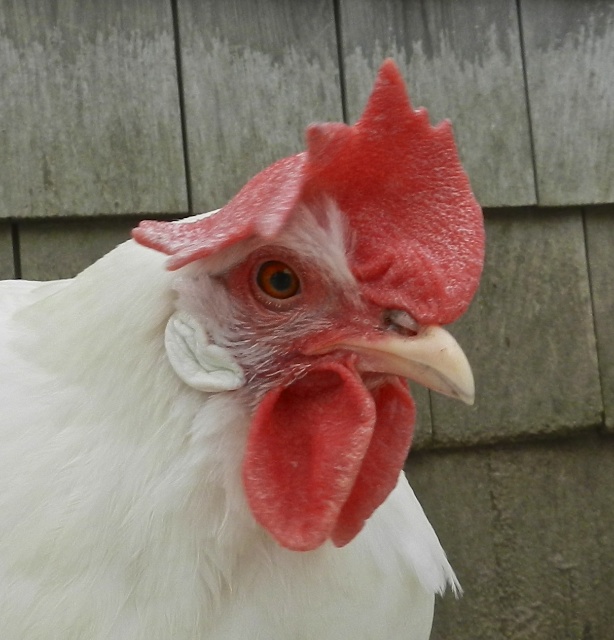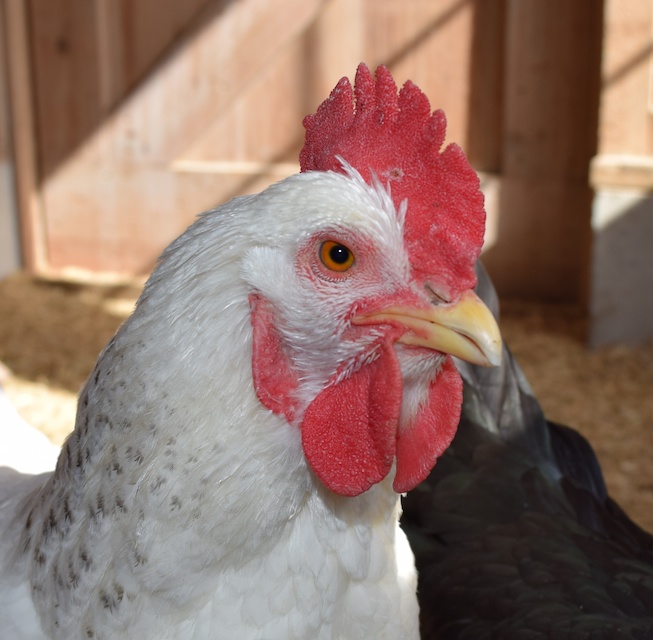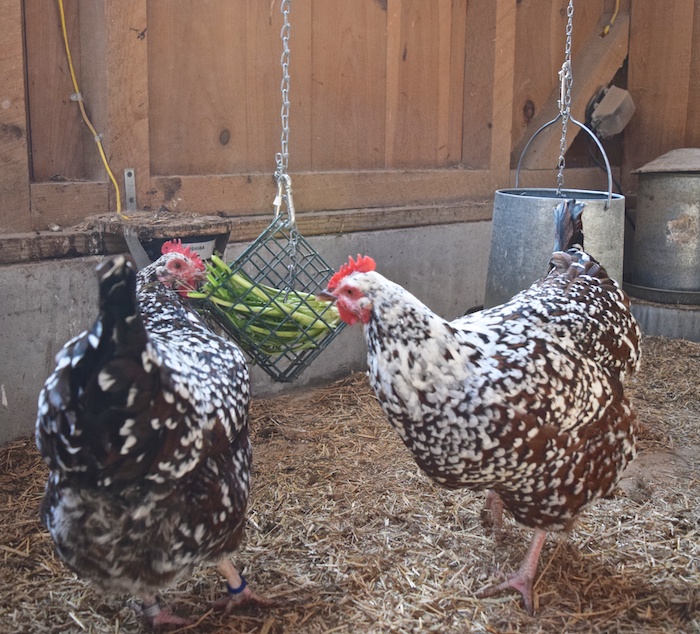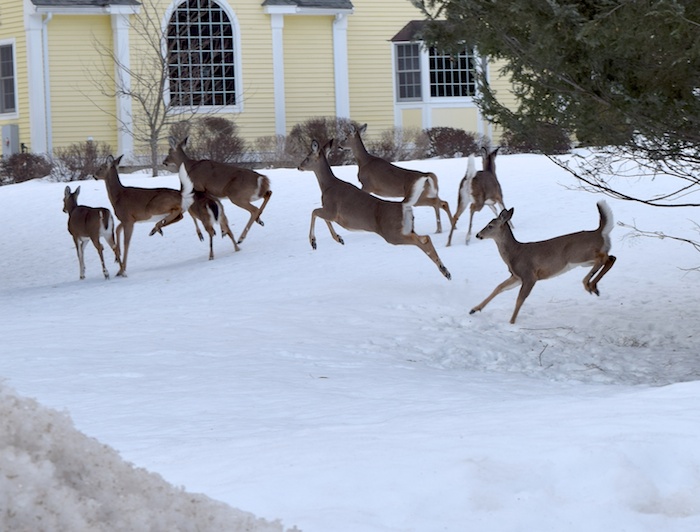A few weeks ago I got an email asking this simple question: Do chickens smell?
Perhaps, incorrectly, I did not interpret the email as meaning, Does a flock of chickens create a nasty odor? Rather, I took it to mean Do chickens have a sense of smell?
Now that was an interesting question! There are many researchers currently investigating avian senses, and I’m sure that more details will come with that work. But for now I have a really interesting answer.
Up until recently it was the widely held assumption amongst experts that birds have only a rudimentary sense of smell. But, a few gutsy, out-of-the-box-thinking (mostly) women scientists have shaken that world view. (Read a good overview of that story and research here.) Not only can birds smell, but they rely on it more than once believed. There’s a lot of variation within avian species and so there is a wide spectrum of how sensitive each species’ sense of smell is, and how much they rely on it. It turns out that some birds that spend their lives soaring over the ocean find food by scent! That’s not the case with our domesticated chickens that have been selectively bred for traits other than sense of smell; chickens are not the animal kingdom’s best sniffers. Still, chickens can and do use smell to help make sense, and make decisions, about their world.
Chickens develop their sense of smell even before hatching. Chicks are able to smell from inside of their shells. In one experiment, eggs were rubbed with strawberry scent. When the chicks hatched, they preferred strawberry scented shavings and water. Adult chickens respond to scents, too. One researcher discovered that chickens respond with alertness when the feces of a prey animal (in this case, a tiger) was put into their pen. Droppings from non-prey animals did not affect the chickens. Another study showed that roosters respond to the scent from a female’s preening gland.
However, chickens do not use scent to make most of their decisions about what to eat or who to consort with. Sight and sound have far more influence. Partly this is due to the fact that taste and smell work in concert and a chicken’s sense of taste is not the most sensitive. A chicken has only a few dozen taste buds (compare that to a cow’s 25,000) and those buds are located well behind the front portion of the tongue which is cornfield (rough). By the time the food reaches the taste buds, the chicken is already committed to swallowing the morsel. They do not taste and spit out!
I have heard anecdotally about flocks that reject a change in feed. To our human noses, the change has to do with the sugar content – one bag smells sweetly of molasses and the new bag does not. Current research doesn’t support our human-centric view of what is going on. Chickens do not appear to respond to sugar. However, studies do show that chickens prefer corn over rye, so the chickens are objecting to something in the formulation, it’s just not the sugar! A researcher has also looked into flavorings marketed as appetite enhancers for commercial flocks and found no correlation between food consumption and these products.
We’ve been told that our backyard chickens self-regulate for things such as calcium and grit, and that they will seek out foods with nutrient content that’s optimum for them. It turns out that that is only somewhat true. Much more research needs to be done, but it appears that our hens are good at regulating some nutrients by selective eating, but not all. Also, they quickly become indifferent to what was originally offensive to them. What our chickens do care about is the temperature of their water! Research shows that they drink far less when the water is above their own body temperature. Cool water is a must. I’ve certainly noticed how much my flock appreciates fresh cool water, offered in the shade in the heat of the summer months. (On the flip side of this, if you think you’re indulging your hens by offering warm water and hot oatmeal in the winter think again.)
Perhaps this is more than you want to know! All you have to come away with is this – yes, chickens have a sense of smell and taste, and it does influence them somewhat, but, it’s still up to us to provide them with a balanced diet of healthy and nutritious feed. And, you don’t have to fuss over flavoring their supper.












